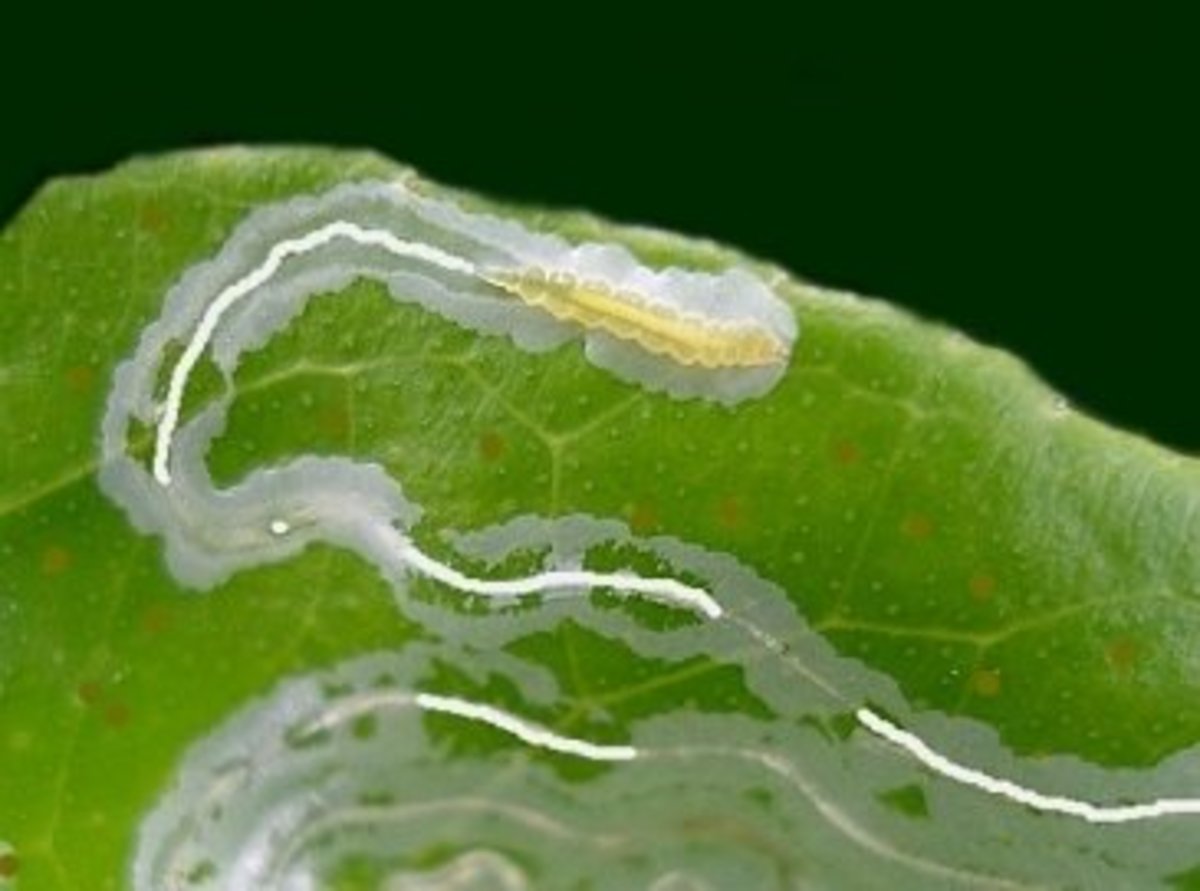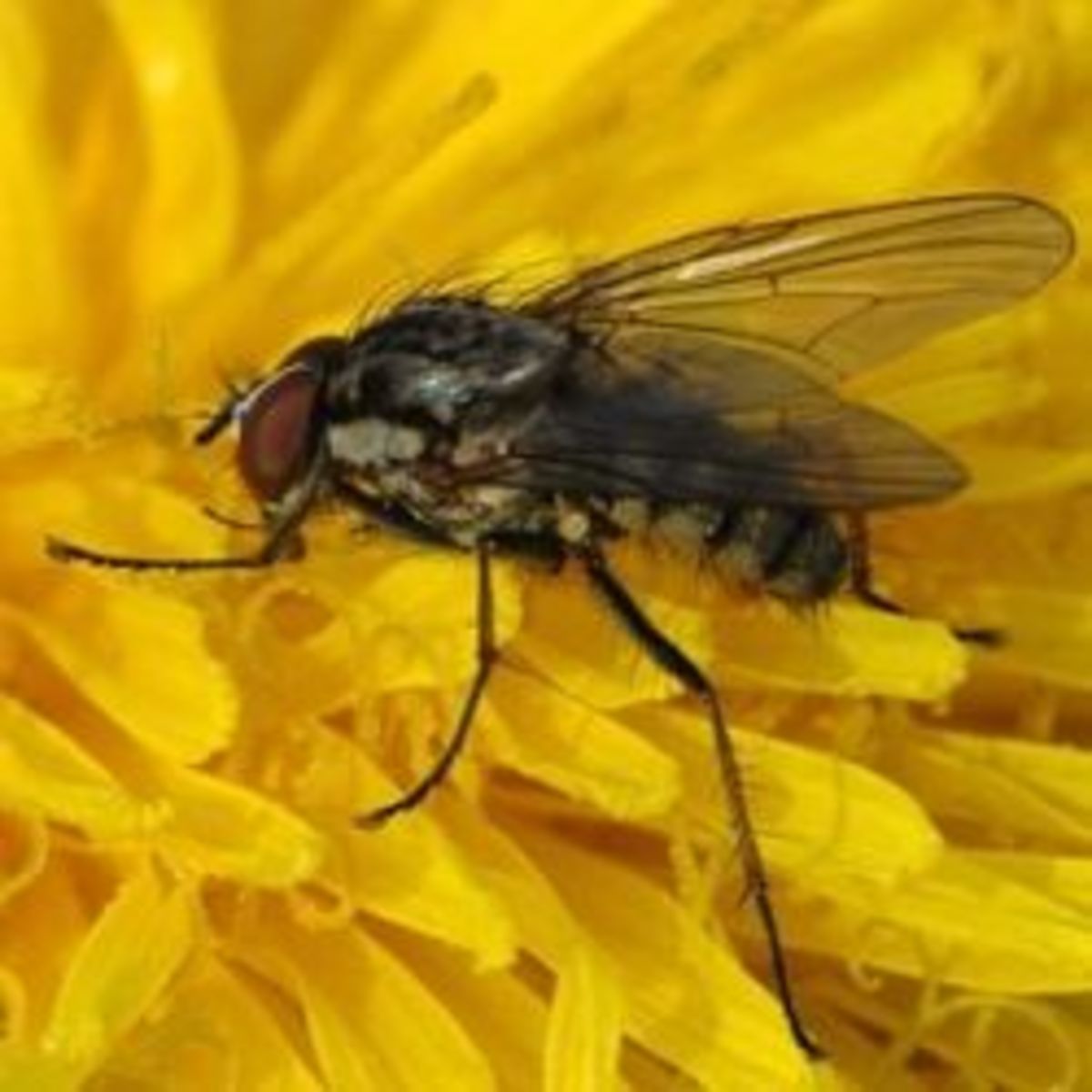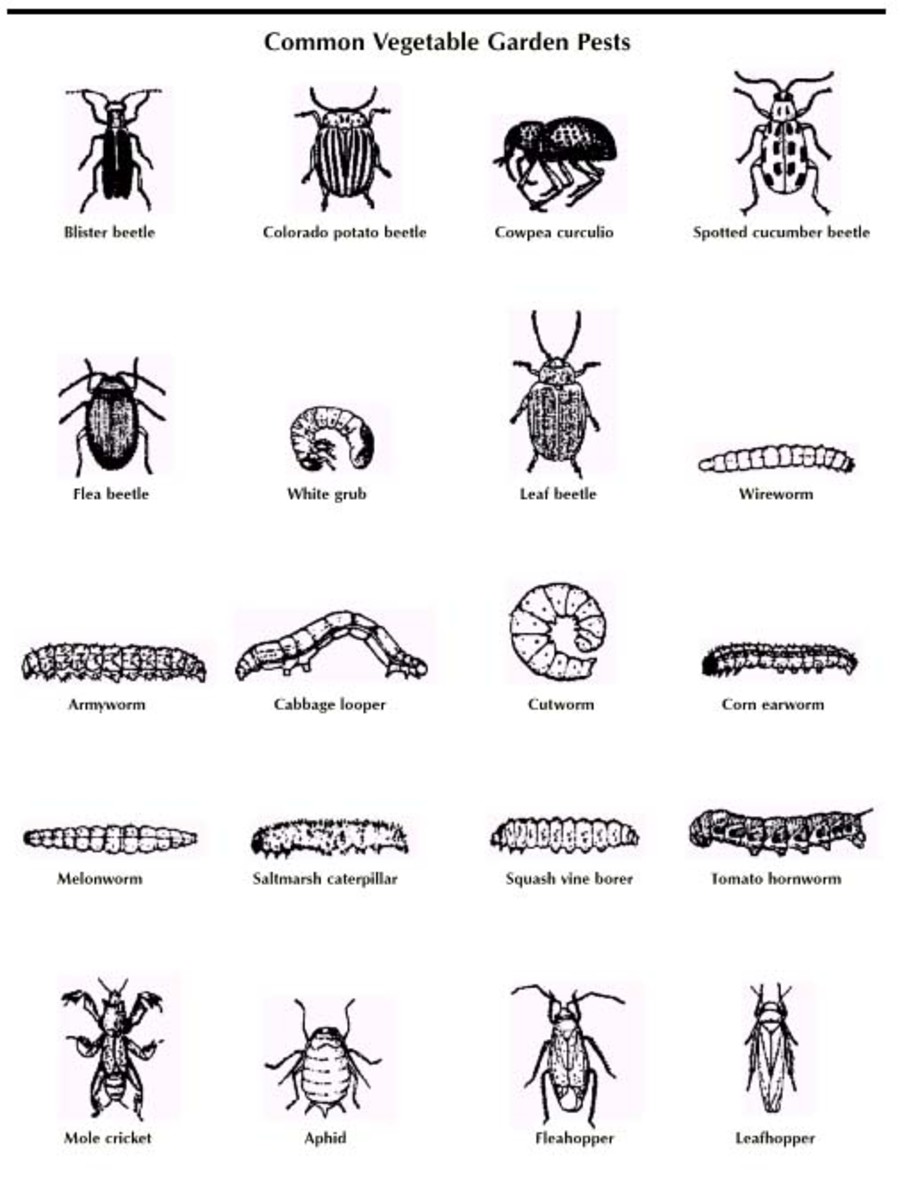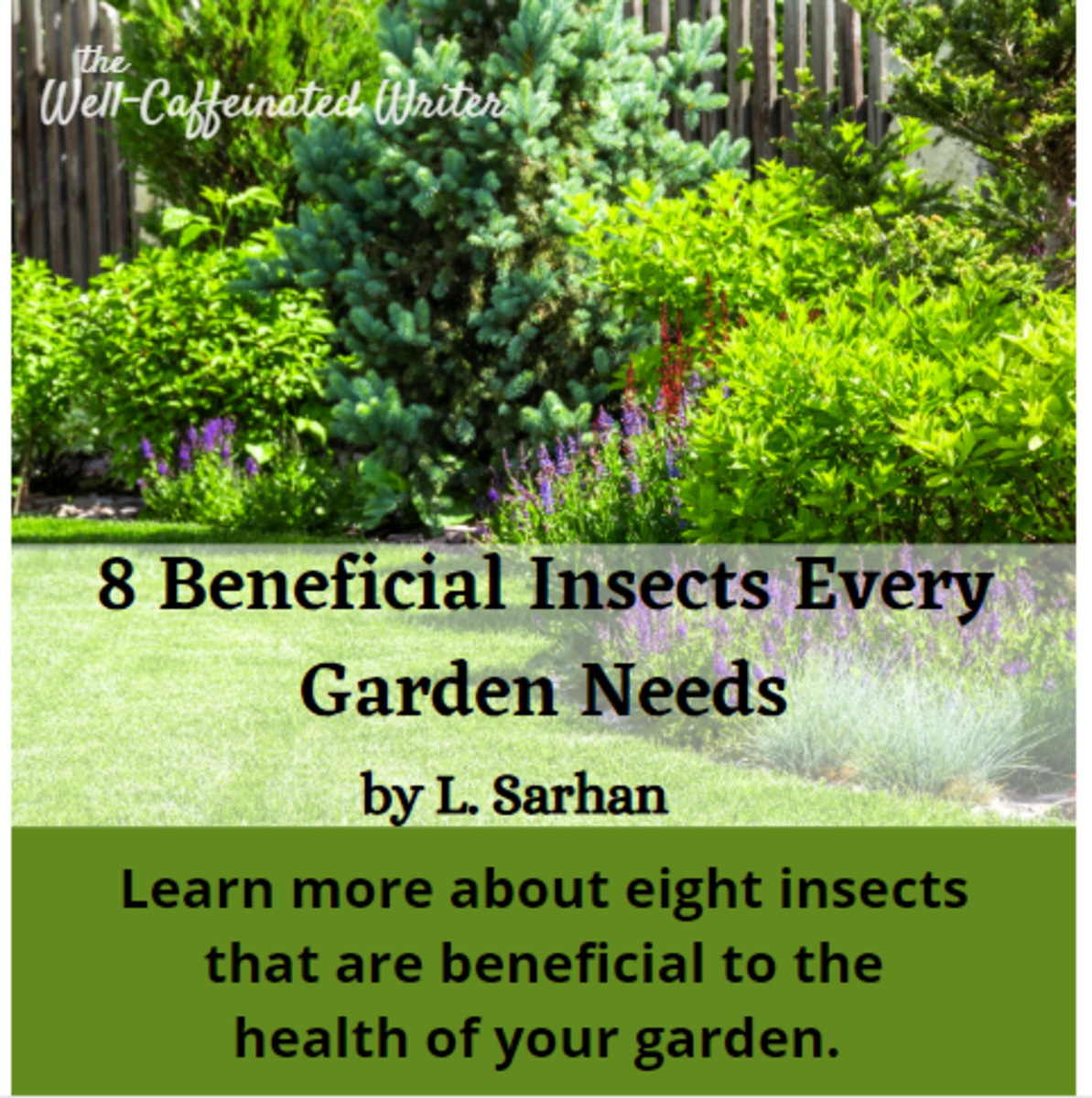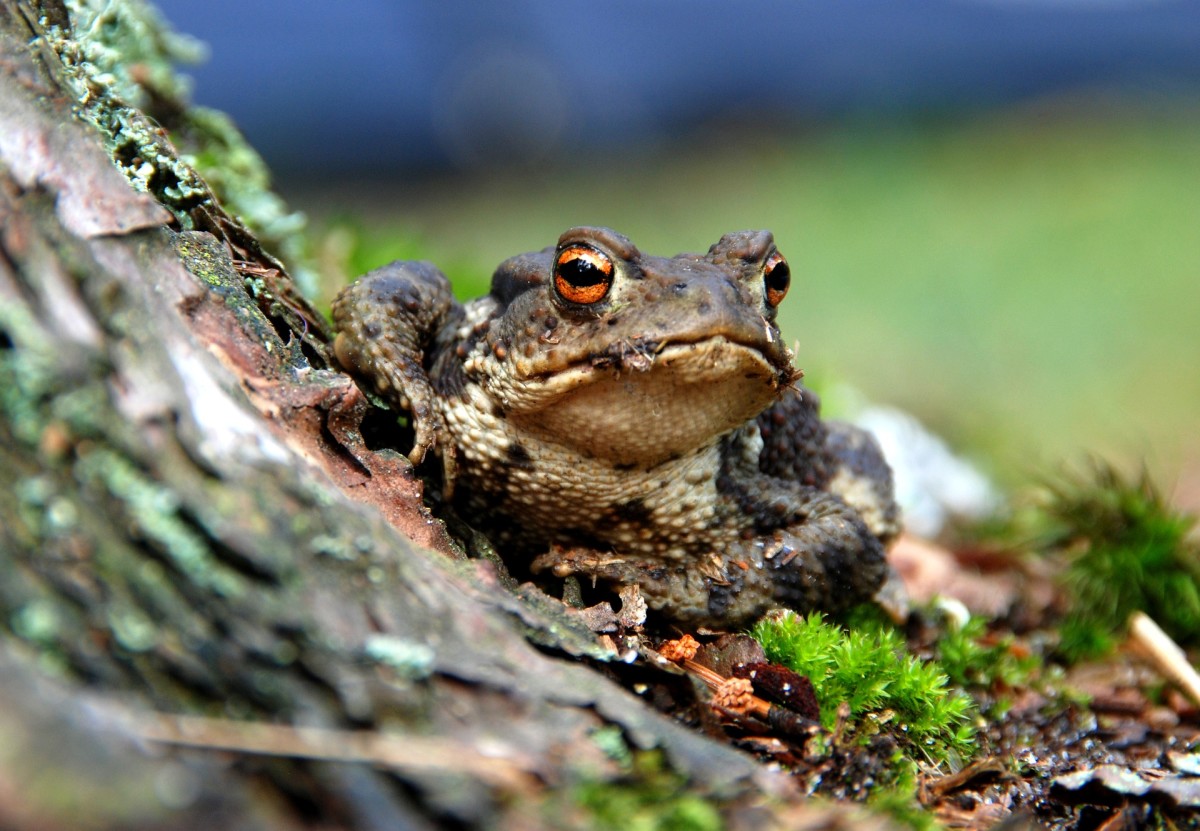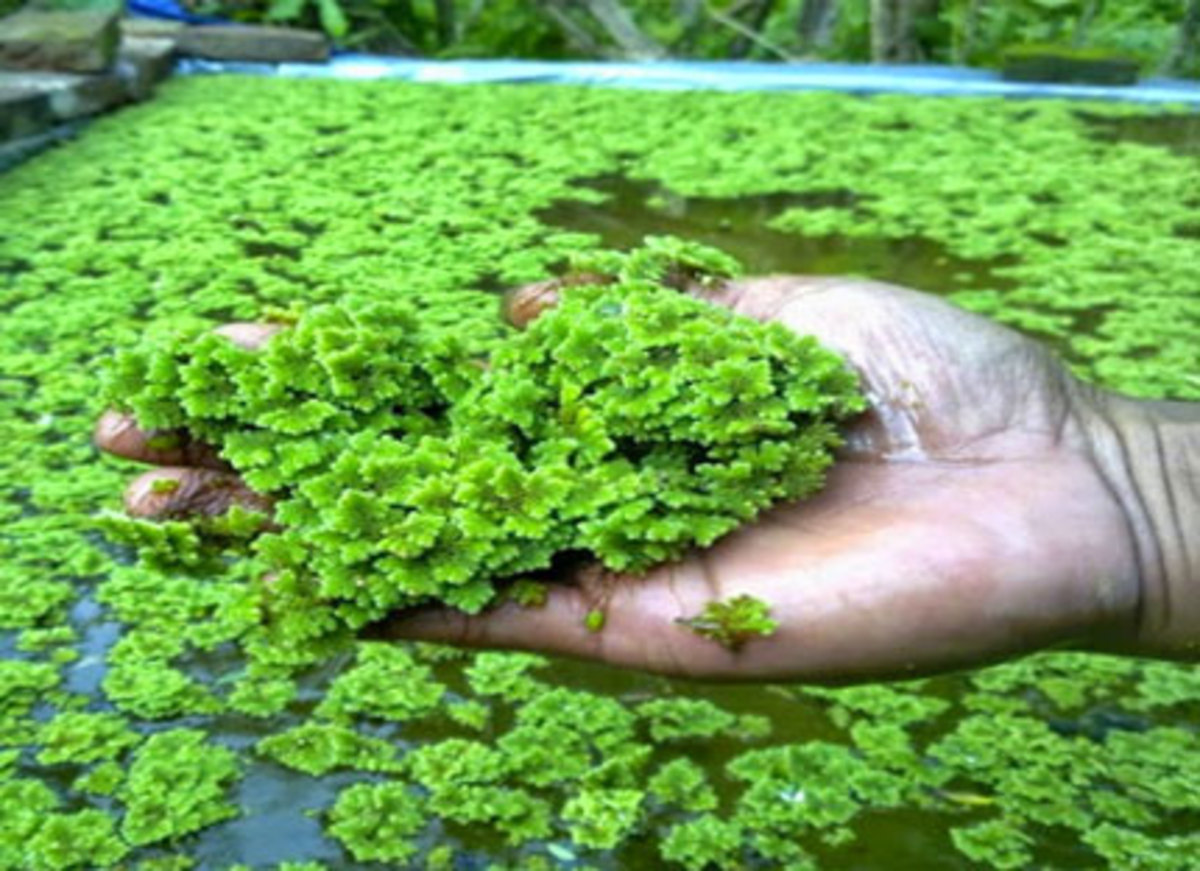Biological Control of Garden Pests
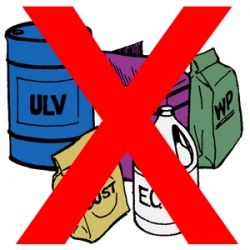
Control your garden pests in an environmentally friendly way
Not many people are happy when they see insects in their garden or vegetable plot, let alone when these insects appear in great numbers.
When broad beans are black with aphids, or cabbages are covered in whitefly or eaten by caterpillars, many will follow the advice of most gardening magazines to kill those pests with this or that chemical. But do you know what happens with those chemicals after you have applied them?
Some of the chemicals are very persistent and remain in the plant tissue or soil for a long time. Low residues of pesticides are found in almost all vegetables and fruit sold by greengrocers and supermarkets, but manufacturers claim that these pesticides, if used correctly, are harmless to humans and animals Can we believe this claim? And besides, would you really want to eat pesticides?
Moreover, pesticides that kill the target insects also often kill other insects, some of which may be highly beneficial (bees!) or predators of the same or another pest species. The other species, which was up to then controlled by the predator, can now grow without limits and become a pest itself. Or, the original pest species may reappear - unchecked - in another part of your garden.
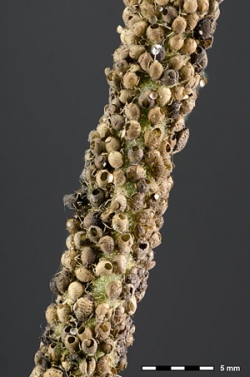
An environmentally friendly way
It is easier and healthier - both for yourself and the environment - to control pest insects in a natural way: by employing the beneficial insects that naturally occur in the garden.
In a series of articles, I describe the biology and damage or usefulness of insect species or other small creatures that are either pests (i.e. cause significant damage to cultivated plants), or beneficial (i.e. limit the abundance of pest insects by killing them for food for themselves or their offspring).
Each article includes tips about how to combat the pests without chemicals, or how to reduce the risk of an outbreak in the first place. Advice will also be given on how to lure beneficial insects and other natural enemies to your garden to help you fight the pests.
In the picture on the right you see how efficient some parasitoid wasps are. Almost all of the very many aphids were parasitised. The holes show where the adult parasitoids that grew in the aphids left the bodies of their now dead hosts.
My articles on cabbage pests and pests on other brassicas
Biological control of the cabbage white butterfly, Pieris rapae
The cabbage white butterfly, Pieris rapae is called the "Small Cabbage White Butterfly" in English speaking Europe, but the "European Cabbage ...
Biological control of the cabbage aphid
The cabbage aphid, Brevicoryne brassicae (Order: Hemiptera; Family; Aphididae) is a severe pest on many brassicacea, especially on cabbages, Brussels sprouts...
Biological control of the diamond-back moth
Plutella xylostella (Order: Lepidoptera; Family: Yponomeuta), or diamond-back moth, is a pest on practically all crucifers. It is a small moth with a wingspa...
Biological control of the cabbage whitefly
The cabbage whitefly, Aleyrodes proletella (Order: Hemiptera; Family: Aleyrodidae) is one of many pests on Brassicacea (cabbage, sprouts, etc.). Aleyrodes pr...
Biological control of the cabbage root fly, Delia radicum
The cabbage root fly, Delia radium (Order: Diptera; Family: Anthomiidae), attacks all crucifers and is a serious damage on cabbage, radish, rape etc. Roots o...
Biological control of the cabbage seedpod weevil
The cabbage seedpod weevil, Ceutorhynchus assimilis, is a somewhat pear-shaped beetle, about 2-3 mm long. Its colour is black with grayish-white hairs coveri...
My articles on other pests
Biological control of the black bean aphid, Aphis fabae
The black bean aphid, Aphis fabae (Order: Hemiptera; Family: Aphididae), also called blackfly, bean aphid or beet leaf aphid, is a damaging aphid that lives ...
Biological control of the pea and bean weevil
The pea and bean weevil, or pea leaf weevil, is sometimes called the 'broad bean nibbler', because of its habit to nibble at the edges of leaves of peas and ...
Biological control of the pollen beetle, Meligethes aeneus
The pollen beetle, Meligethes aeneus (Order: Coleoptera; Family: Nitidulidae) is also called blossom beetle and is a serious pest on oil seed rape. These bla...
Biological control of garden and greenhouse thrips
When the leaves or flowers of your plants show silvery patches that turn brown and you see little black spots on them, then the plants may harbour thrips (Or...
Biological control of the lettuce root aphid
The lettuce root aphid, Pemphigus bursarius (Order: Homoptera; Family: Pemphigidae) is a host-alternating species that spends autumn, winter and spring on po...
Biological control of millipedes
Millipedes are often mixed up with centipedes, but belong to the class of Diplopoda and are distinguished from the Chilopoda (centipedes) by having two pairs...
Biological control of the lupin aphid, Macrosiphum albifrons
The lupin aphid, Macrosiphum albifrons (Order: Homoptera; Family: Aphididae) lives, as its name suggests, on lupin (Lupinus sp), and is highly damaging. It h...
My articles on beneficial insects - and how to lure them to your garden or vegetable plot
Ground Beetles: our allies against garden pests
Ground beetles are allies in our battle against pests. Around the world there are some 25,000 species of these beetles, and most of them, both larvae and adu...
Centipedes – an ally in our battle against garden pests
Centipedes are highly valued as natural pest control, as they are predators of insects, spiders, small slugs and earthworms which they hunt by chasing them a...
Your friends, the damsel bugs and flower bugs
Every gardener should welcome Damsel bugs (Family: Nabiidae) and flower bugs (Family: Anthacoridae) into their garden, as they attack many sorts of pest. Bot...
The common green lacewing, our ally against aphids and other pests
The larvae of the lacewing eats large amounts of aphids, but also various other small insects, such as spider mites, thrips, whitefly, mealybugs, small cater...
My articles on insects that can be abundant but are usually no pests at all - These insects can therefore be left in peace!
The vapourer moth - wingless females and hairy caterpillars
The hairy caterpillars of the vapourer moth, Orgyia antiqua (Order: Lepidoptera; Family: Lymantriidae) belong to the prettiest we know. They are also known a...
The common green shield bug
Palomena prasina, or common green shield bug (Order: Hemiptera; Family: Pentatomidae), belongs to the most important family of shield bug. From above they ar...
Would you rather use chemical pesticides than beneficial insects?
Would you still use chemical pesticides?
I'll definitely describe more pests and beneficial insects and other small creepy crawlies, which means that this lensography will be updated so now and then.

